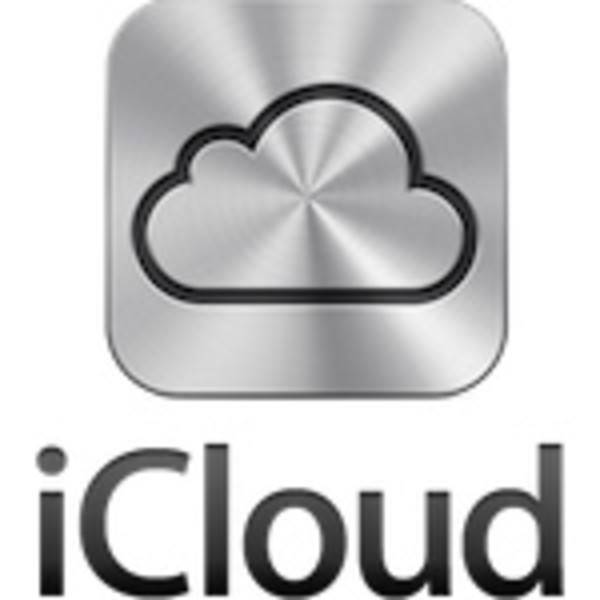In a none-too-subtle PR move, Microsoft posted on its official Windows Live Blog yesterday about its own cloud service called SkyDrive, which will be integrated deeply into the Windows Phone handsets with the next software update known as code-name “Mango.” This news comes just after Apple announced “iCloud,” a new cloud backup, sync and storage service that will be available with the release of iOS 5, the next version of the Apple mobile operating system. The timeframe of the two releases – Mango and iOS 5 – are practically the same. Both will arrive sometime this fall.

But what we want to know is this: is SkyDrive really all that similar to iCloud? Or is Microsoft hoping the Apple news will bring more awareness to its years-old service?

SkyDrive in Mango
According to the Microsoft blog post, SkyDrive’s cloud service will become more deeply integrated into the Windows Phone operating system with Mango. It will offer users the ability to share photos stored on SkyDrive via email, text messaging or IM (Windows Live Messenger or Facebook IM). Users will also be able to upload videos to SkyDrive, browse documents on SkyDrive, see documents shared with them on SkyDrive and search for documents across SkyDrive. These documents include, of course, those found in the Microsoft Office suite: Excel, Word and PowerPoint.
In some ways, these features are similar to what Apple offers with iCloud. It, too, will provide mobile access to documents, photos, videos and more.
iCloud will also sync music, a notable difference between the two. If Microsoft has plans to integrate its Zune streaming music service with SkyDrive, it isn’t talking about that yet.
Files
With documents, Microsoft’s SkyDrive provides online storage for 25 GB of files, accessible by either a native app or a Web browser supporting HTML5. iCloud, by default, supports iWork documents, which can be viewed and edited from any Apple device, but only in the application itself, not a browser. Presumably, Microsoft could build “Office for iPhone” type applications and tap into iCloud’s syncing and cloud storage, but outside of OneNote for iPhone, Microsoft hasn’t built iOS Office apps. Microsoft does have Office applications for its own Windows Phone, however. These documents can be stored and shared via SkyDrive on Windows Phone (Mango).
Photos/Video
As for photos and videos, while Windows Phone will allow you to share to SkyDrive and share those cloud-stored media with others via text, IM and email, it doesn’t sync photos or videos between devices like iCloud does. That said, we’re not sure why you would have more than one Windows Phone device at this point anyway. If a future iteration of SkyDrive synced photos and videos between your PC desktop, Mac and mobile devices (maybe even a Windows 8 tablet?), that could be useful. In the meantime, SkyDrive serves as more of an online storage site for media.
iCloud, in comparison, provides access to your last 1,000 photos on your device taken over the past 30 days. To save those photos permanently, you’ll have to move them into an album on your PC or Mac.
Developer Access

But perhaps the most important difference between the two services is developer access. Apple and Mac developers are being provided with an iCloud API (Application Programming Interface), which will allow them to sync and store their own application’s documents or data on iCloud. SkyDrive provides no such API at this time.
Microsoft at least seems to be aware of the request, though. Mike Torres, Group Program Manager for SkyDrive did pop into the comments on the official blog post to address the concerns about the lack of an API. “We know these are top asks…and we are hard at work on SkyDrive as we speak,” he wrote, which is a vague enough answer to mean just about anything. Our guess at the interpretation is that now that iCloud has been revealed as shipping with an API, Microsoft will build one too. Oh, Microsoft.
But Microsoft may get there too late. The irony of the whole situation is how far ahead of the game Microsoft seemingly once was. The first wide release of SkyDrive was back in 2007. Although Windows Phone didn’t exist at the time, Microsoft didn’t have the vision to extend SkyDrive into a cloud syncing, storage and backup service like iCloud for even moving data between PCs and Windows Mobile. Instead, the company tinkered around with a separate service for that: Windows Live Mesh, which Windows Live Sync (yes, another one!) was folded into last year. The Mesh service synced files between devices while also offering 5 GB cloud storage. SkyDrive exists alongside Mesh today. It’s a confusing strategy, and one that makes no sense to consumers. Microsoft had the technology, but failed to deliver an understandable, simple end product or to integrate it deeply into any of its software programs.
At the end of the day, what makes something like iCloud a winning solution is not its technical underpinnings, or even the concept itself, but the execution. Apple has often taken ideas from others (see the new notifications system in iOS 5, for example. Look familiar, Android users?) and perfected them.
See further details of our comparison of iCloud with Skydrive and Google Apps here.
Other sources: Windows Live blog; Ars Technica on Live Sync/Mesh; comparison of services via LiveSide (thanks!)










